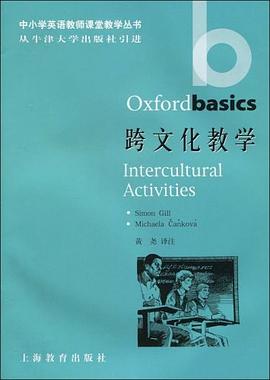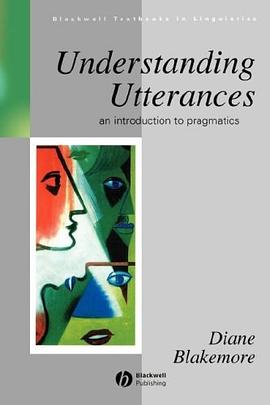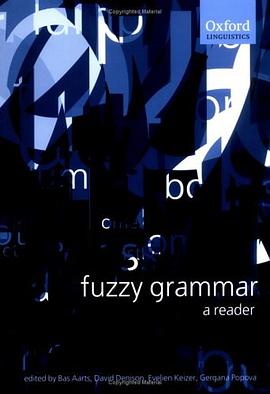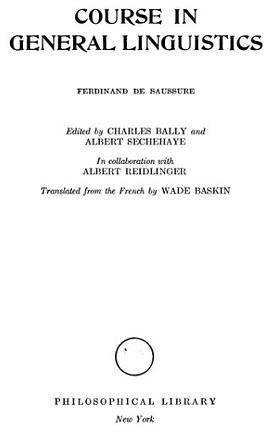
內容簡介
《音係學通解》是一部音係理論的教科書,這部教科介紹瞭以SPE(Cnomsky & Halle 1968)為代錶的經典生成音係學至優選論幾乎所有得要的音係學理論,討論瞭音係學領域中許多熱點問題,全書每一章都附的思考題和練習題,正文和紅習題涉及一百多種語言的材料,作者精心安熱排,突齣重點,精選語言材料,行文簡練,從而使一部二百多麵的教科書包含瞭如此之多的內容。
生成音係學是當代音係學的主流,這部教産書介紹的理論,基本概念和分析方法主要取之於生成音係學的研究成果。
-------
目錄
Preface
1 The production of speech
1.1 Introduction
1.2 The lungs and the larynx
1.2.1 The vocal folds: the open and vibrating glottis
1.2.2 Devoicing and aspiration
1.2.3 Special types of phonation
1.2.4 Pitch
1.2.5 The glottal stop
1.3 The vocal tract
1.3.1 The pharynx
1.3.2 The nasal cavity
1.3.3 The mouth
1.4 Vowels
1.5 Constrictions
1.5.1 Places of articulation
1.5.2 Types of constriction
1.6 Segmental duration
1.7 Complex consonants
1.7.1 Secondary articulations
1.7.2 Double articulations
1.7.3 Manner-contourconsonants
1.8 Nonpulmonic consonants
1.9 Stress
1.10Conclusion
2 Some typology: sameness and difference
2.1 Introduction
2.2 Morphosyntactic structure
2.2.1 Morphologicalstructure
2.2.2 Syntactic structure
2.3 A world without phonological structure
2.3.l One phonology for all languages?
2.3.2 Two kinds of structure
2.4 There's a difference
2.5 Universals and implicational relations
2.5.1 Plain or special?
2.5.2 Avoiding complexity
2.5.3 A word of caution
2.5.4 Speech ergonomics
2.5.5 System gaps
2.6 Conclusion
3 Making the form fit
3.1 Introduction
3.2 Hawaiian
3.3 Adjustment processes
3.3.1 The process of nativization
3.3.2 Adjustments in the native vocabulary
3.4 Two approaches
3.4.1 Rules
3.4.2 Constraints
3.5 Choosing between rules and constraints
3.5.1 Gradient violation and unranked constraints
3.6 Conclusion
4 Underlying and surface representations
4.1 Introduction
4.2 Allophonic variation
4.3 Two levels of representation
4.4 Neutralization
4.5 Choosing the underlying form
4.6 Conclusion
5 Distinctive features
5.1 Introduction
5.2 Motivating distinctive features
5.3 Feature values
5.4 A set of distinctive features
5.4.1 Major-class features
5.4.2 Laryngeal features
5.4.3 Manner features
5.4.4 Ambiguity and nonspecification
5.5 Place features
5.5.1 Labial
5.5.2. Coronal
5.5.3 Dorsal
5.5.4 Radical
5.6 Some examties
5.7 Redundant vS contrastire features
5.8 Conclusion
6 0rdered rules
6.1 Introduction
6.2 SPE representations
6.3SPE rules
6.3.1 Refefence to the syllable
6.3.2 The brace
6.3.3 Variable feature values
6.3.4 Parentheses
6.3.5 The transformationaI rule format
6.4 Linear order
6.5 Extrinsic and intrinsic ordering
6.6 Feeding,counterfeeding,bleeding,counterbleeding
6.6.1 Feeding order
6.6.2 Counterfeeding order
6.6.3 Bleeding order
6.6.4 Counterbleeding order
6.7 Opacity
6.8 Conclusion
7 A case study:the diminutive suffix i11 Dutch
7.1 Introduction
7.2 General Dutch rules
7.2.1 Final devoicing
7.2.2 Palatalization
7.2.3 Degemination
7.3 Standard Dutch
7.4 The dialect of Sittard
7.5 Conclusion
8 Levels of representation
8.1 Introduction
8.2 Defining an intermediate level of representation
8.3 Lexical Phonology
8.3.1 Reference to morphological labels
8.3.2 Exceptions
8.3.3 Structure preservation
8.3.4 Natire.speaker intuitions
8.3.5 ADplication across WOrd boundaries
8.3.6 Lexical rules apply before postlexical rules
8.4 Phonological information in the lexicon
8.5 Controversial properties of lexical rules
8.6 Beyond the surface representation
8.6.1 Phonetic implementation
8.6.2 Models of implementation
8.6.3 Deciding between phonology andphonetic implementation
8.7 Conclusion
9 Representing tone
9.1 Introduction
9.2 The inadequacy of a linear model
9.3 W.0rd.based tone patterns
9.3.1 Language-specific associations
9.4 Stability
9.5 Postlexical tone
9.6 The Obligatory Contour Principle
9.6.1 Violating the OCP
9.7 Conclusion
10 Between the segment and the syllable
10.1 Introduction
10.2 A skeletaI tier
10.3 Syllabification:the Maximum Onset Principle
10.3.1 The sonority profile
10.4 Arguments for the CV tier
10.4.1 The templatic use of the CV tier
10.4.2 Unfilled and unassociated slots
10.4.3 Compensatory lengthening
10.5 Moras
10.6 svllable-based generalizations
10.7 Post-MOP syllabification rules
10.7.1 Ambisyllabicity in English
10.8 Conclusion
11 Feature geometry
11.1 Introduction
11.2 Tw0 properties ofassimilations
11.3 Natural feature classes
11.4 Buildingatree
11.4.1 The place node
11.4.2 The laryngeal node
11.413 The supralaryngeal node
11.5 Spreading and delinking
11.5.1 Writing rules
11.6 Implications OfundersDecification
11.6.1 Default rules
11.7 Condusion
12 Exploiting the feature tree
13 Stress and feet
14 Further constraining stress
15 Phonology above the word
Epilogue
Key to questions
References
Language index
Subject index
具體描述
讀後感
評分
評分
評分
評分
用戶評價
要我老命
评分雖然說是Understanding,但是並不是入門級的,可能是在中級左右吧。看完以後第一件事就是倒頭睡覺。
评分書上習題很有特點
评分要我老命
评分雖然說是Understanding,但是並不是入門級的,可能是在中級左右吧。看完以後第一件事就是倒頭睡覺。
相關圖書
本站所有內容均為互聯網搜索引擎提供的公開搜索信息,本站不存儲任何數據與內容,任何內容與數據均與本站無關,如有需要請聯繫相關搜索引擎包括但不限於百度,google,bing,sogou 等
© 2025 qciss.net All Rights Reserved. 小哈圖書下載中心 版权所有





















